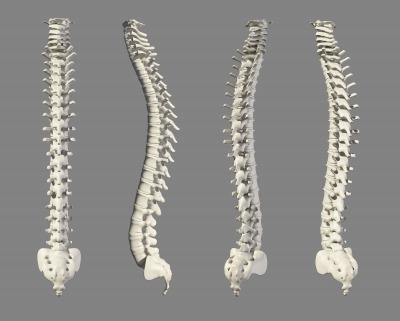
As per NuVasive, the X360 system is claimed to be a comprehensive approach to lateral single-position surgery and uses advanced techniques to deliver patient-specific care, while improving operating room (OR) workflow and efficiency.
Proprietary surgical procedures such as XLIF, XALIF and XFixation have also been integrated within the platform, allowing surgeons to perform multiple procedures from the lateral position throughout the entire surgery.
As result of not having to reposition the patient, the X360 system is claimed to reduce up to 60 minutes of operating time and reduces the amount of time a patient is under anesthesia and lowers intra-operative risk, while also saving the hospital an average of $5,000 per patient.
With Pulse integration, surgeons can now use navigation technology to help improve line of sight, ease-of-use and efficiency in spinal fixation surgeries.
The new X360 system is claimed to extend the company’s lateral single-position surgery approach, helps in speeding up the adoption of minimally invasive surgery (MIS).
Studies show that an MIS approach in spine can lead to more predictable outcomes compared to traditional spinal fusion procedures, with significantly fewer complications and lower infection rates.
The X360 systems aligns all of the company’s lateral procedures and technologies in one integrated approach enabling surgeons to treat more pathologies and spinal levels from one position. To support the X360 system, the company offers enhanced surgeon education programs to bring its adoption among surgeons.
NuVasive president Matt Link said: “The X360 system is the most comprehensive approach to lateral single-position surgery available on the market. NuVasive continues to extend its global leadership position in lateral surgery with the integration of X360 and Pulse, the only surgical automation platform designed for spine surgery.
“By incorporating Pulse and, in the future, robotic automation, with X360, we are enhancing the overall OR workflow and helping surgeons deliver greater clinical predictability and reproducible outcomes for their patients.”






